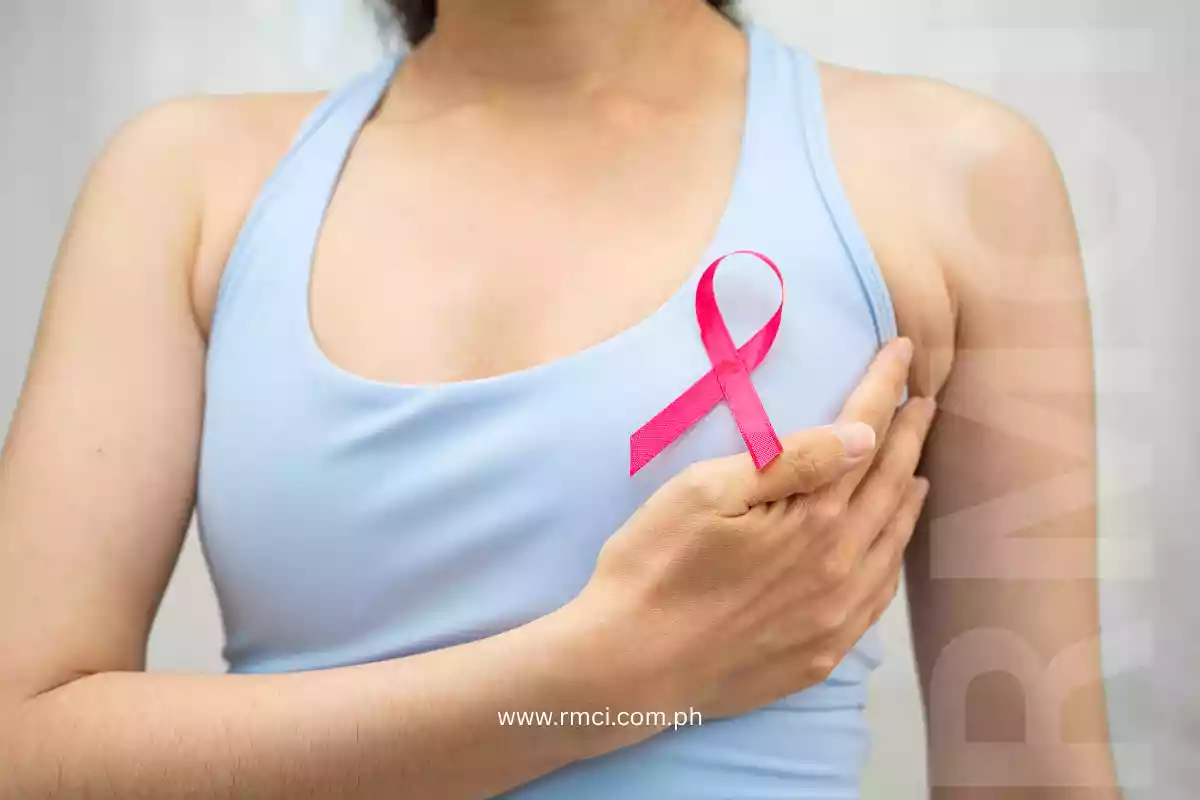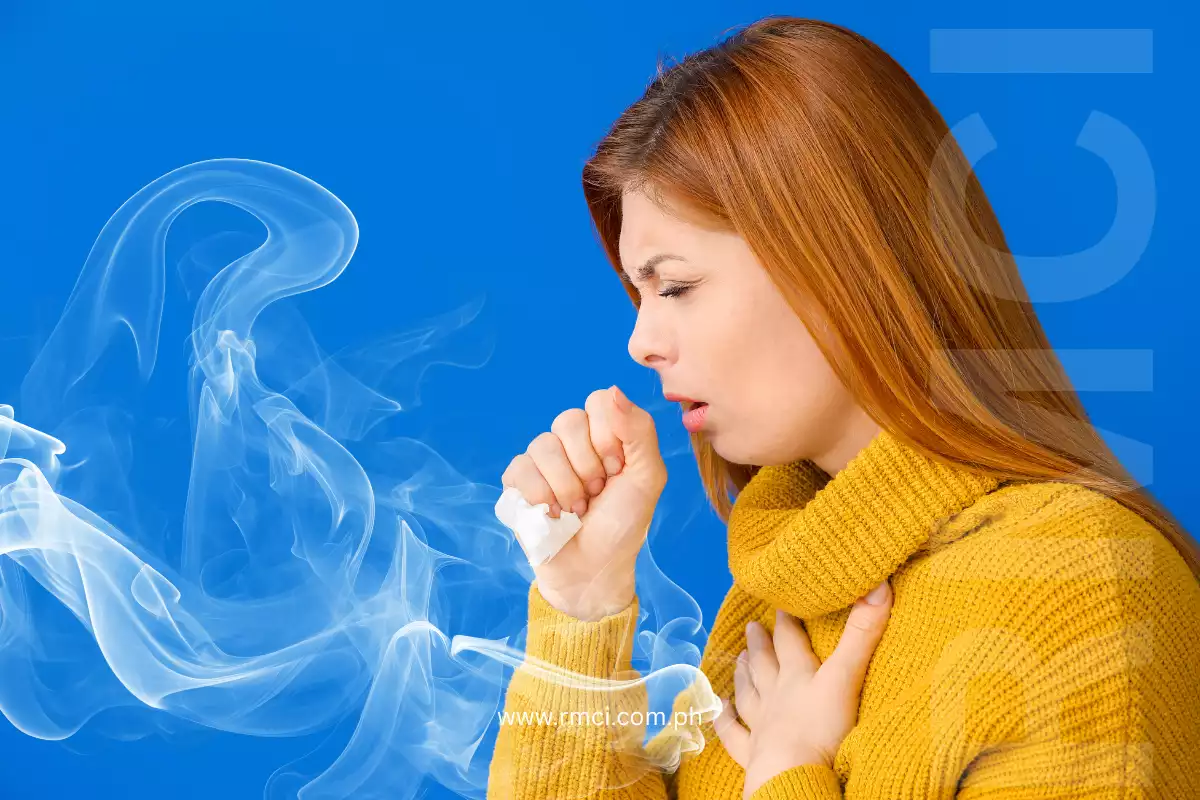Breast cancer awareness in Davao del Norte is gaining significant momentum. This is part of a broader regional effort to address one of the most prevalent and deadly cancers affecting Filipino women.
TL;DR
-
Breast cancer is a major health issue in Davao del Norte, with low awareness and screening rates despite its high incidence and being the second leading cause of cancer deaths among Filipino women.
-
Local initiatives like “Project Pink” and “Ating Dibdibin” focus on community education, breast self-examination, and accessible screening, supported by multi-sectoral partnerships during Pink October campaigns.
-
Nationwide, breast cancer kills about 32 Filipino women daily, but only 1% undergo yearly screening, far below rates in neighboring countries, due to limited awareness, accessibility, and healthcare barriers.
-
Risk factors include age (especially after 50), family history/genetics, hormonal and reproductive factors, lifestyle choices (obesity, alcohol, smoking), and environmental exposures, all influencing late detection in the Philippines.
-
Lifestyle modifications recommended to reduce risk include maintaining healthy weight, exercising, limiting alcohol and tobacco use, eating a balanced diet, breastfeeding, and cautious use of hormone therapy.
-
Monthly breast self-examination is advised for early detection, involving visual checks and palpation to identify lumps, skin changes, or nipple discharge, with prompt medical consultation if abnormalities are found.
-
Women should consult a primary care physician immediately upon noticing breast changes like new lumps, size or skin alterations, nipple changes, or persistent pain, and high-risk women should start regular clinical exams and mammograms by age 40 or earlier.
Based on 2021 data from the National Nutrition Council, breast cancer is the second leading cause of cancer deaths among Filipino women, with a growing number of cases posing a health challenge not only nationwide.
In Davao del Norte breast cancer is a significant public health problem, mainly because awareness and screening rates remain relatively low compared to the incidence of the disease. Cancer, and other neoplastic diseases, is one of the main causes of death in the Philippines in 2025.
Because of this, Rivera Medical Center, joins the nation in highlighting the urgent need for local education, early detection, and treatment programs.
Programs for breast cancer awareness
In Davao del Norte, community-led programs and government partnerships are actively promoting breast cancer awareness throughout the province.
Initiatives such as “Project Pink” organized by educational institutions and the “Ating Dibdibin” screening program in Tagum City bring vital screening and educational services closer to women in both urban and rural barangays.
These programs focus on empowering women with knowledge about breast cancer risk factors and symptoms, the importance of monthly breast self-examinations, and when to seek clinical evaluation.
Additionally, regional observances such as Pink October campaigns mobilize multi-sectoral support, including local government units, hospitals, NGOs, and advocacy groups, to provide free screenings, health talks, and survivor support.
By expanding access to early detection services and fostering a culture of proactive breast health, RMCI and other health institutions in Davao del Norte takes important strides toward reducing the burden of breast cancer.
These efforts align with the area’s increasing recognition that prevention, timely diagnosis, and comprehensive care are essential in improving survival rates and quality of life for affected women in Davao del Norte.
Statistics of Breast Cancer in the Philippines
Breast cancer in Davao del Norte reflect national levels of this health problem.
- As of 2025, breast cancer remains the most common cancer affecting Filipino women and a leading cause of cancer death in the Philippines.
- According to data from the Philippine Cancer Society, approximately 32 Filipino women die every day from breast cancer, making it a significant public health challenge in the country.
- Despite this high mortality rate, only about 1% of Filipino women undergo screening for breast cancer annually, a very low rate compared to neighboring Southeast Asian countries where screening can reach up to 20%.
- The low screening rate is linked to limited public awareness, poor health literacy, financial barriers, and inadequate healthcare access outside urban centers.
- Breast cancer accounts for a large portion of cancer cases in Filipino women and is connected to late detection, which worsens survival outcomes.
- The urgency for national awareness campaigns, such as the Philippine Cancer Society’s “Breast-Cervical Cancer Awareness ACT NOW A.C.T.I.V.E.” campaign, seeks to address these gaps and promote early detection and treatment.
Risk Factors for Breast Cancer
Various risk factors contribute to breast cancer development, some of which cannot be modified while others relate to lifestyle and environmental exposure. Key risk factors include:
- Age: The risk of breast cancer increases as a woman ages, especially after the age of 50.
- Family History and Genetics: Women with a family history of breast cancer or mutations in genes such as BRCA1 and BRCA2 have higher risks.
- Hormonal Factors: Early menstruation (before age 12), late menopause (after 55), and hormone replacement therapy increase risk due to prolonged estrogen exposure.
- Reproductive History: Women who have their first child after age 30, have fewer children, or do not breastfeed have increased risk.
- Lifestyle Factors: Obesity, physical inactivity, alcohol consumption, and tobacco use are linked to higher breast cancer risk.
- Environmental Exposure: Exposure to radiation and certain chemicals may also elevate risk.
In the Philippine context, additional socio-economic and cultural factors affect risk perceptions and healthcare-seeking behavior, contributing to delayed diagnosis.

Breast cancer awareness is about reducing risks
Prevention is always better than cure. Hence, adopting certain lifestyle changes can help reduce the risk of developing breast cancer:
- Maintain a Healthy Weight: Obesity increases breast cancer risk due to higher estrogen production by fat tissue.
- Exercise Regularly: Engaging in moderate to vigorous physical activity helps lower hormone levels and improve immune function.
- Limit Alcohol Intake: Alcohol consumption is linked to increased breast cancer risk; it is advisable to limit or avoid alcohol.
- Avoid Tobacco Use: Smoking has been shown to increase hormone receptor-negative breast cancer risk.
- Healthy Diet: A diet rich in fruits, vegetables, whole grains, and low in saturated fat supports overall health and cancer prevention.
- Breastfeeding: Breastfeeding for several months reduces the risk by delaying the return of menstrual periods and lowering hormone exposure.
- Limit Hormone Therapy: Avoiding or limiting postmenopausal hormone therapy reduces risk.
Implementing these changes is critical, especially in the Philippines, where lifestyle-related risk factors are becoming more prevalent due to urbanization and changing dietary habits.
Steps for Breast Self-Exam
Breast self-examination (BSE) is an important step Filipino women can take for early detection of abnormalities. The procedure can be done monthly after menstruation or on a consistent schedule for postmenopausal women.

The steps for performing a breast self-exam are:
- Visual Inspection: Stand in front of a mirror with shoulders straight and arms on hips. Look for any changes in breast shape, size, or skin texture such as dimpling or puckering.
- Raise Arms: Raise both arms and look for the same changes.
- Check for Fluid: Look for any discharge from the nipples, such as blood or milky fluid.
- Lying Down Exam: Use the opposite hand to examine each breast. With fingers flat, move in a circular motion covering the entire breast, from the outer edge to the nipple.
- Standing or Sitting Exam: Many prefer to do this in the shower. Apply the same circular method to feel the breasts for lumps, thickening, or hardened knots.
If any changes, lumps, or irregularities are felt, it is imperative to seek medical advice promptly. While BSE is not a substitute for mammograms, it empowers women to know their breasts better and identify early warning signs.Here are more specific steps to check your breasts regularly.


When to See a Primary Care Physician
Filipino women should see a primary care physician or healthcare provider immediately if they notice any suspicious symptoms or changes in their breasts such as:

- A new lump or mass that feels different from the surrounding tissue
- Changes in breast size, shape, or contour
- Skin changes including redness, dimpling, or peau d’orange (orange peel texture)
- Nipple inversion or changes in the nipple appearance
- Unusual nipple discharge, especially if bloody
- Persistent breast pain that does not go away
Additionally, women with a family history of breast cancer or other risk factors should discuss with their doctors about regular clinical breast exams and mammogram screening starting at age 40 or earlier based on risk. Early consultation for any breast symptoms enhances the chances of timely diagnosis and successful treatment.
Sources: World Health Organization (WHO), Philippine Department of Health (DOH), Philippine Cancer Society, National Nutrition Council



